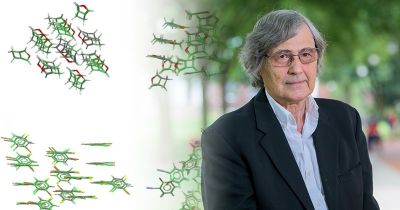Lecture 34: Krzysztof Szalewicz
Reliable predictions of crystal structures
entirely from quantum mechanics
Krzysztof Szalewicz
Department of Physics & Astronomy, University of Delaware, Newark, USA
Crystal structure predictions (CSPs) starting from a flat chemical diagram of the monomer(s) and not using any experimentala data were considered impossible 20 years ago. The CSPs at that time consisted in finding the global minimum on the crystal lattice energy surface defined by an empirical (fitted to experimental data) force field (FF). Various effects were suspected for the failure of this method: inaccuracies of FFs, inadequate methods of searching the crystal configurational space, entropic effects, etc. Our work has shown that the main problem were inaccuracies of FFs: using tailor-made FFs fitted to results of quantum mechanical ab initio calculations on clusters, which we call aiFFs, and otherwise using an old protocol, we are able to very accurately predict structure of crystals with rigid monomers [Nat. Comm 13, 3095 (2022)]. Such method, called aiFF@CSPs, was not practical before mainly due to huge human and computer costs of developing an aiFF (although it was applied to a few crystals with small monomers). These issues were overcome by the use of the efficient symmetry-adapted perturbation theory (SAPT) ab initio method and of a new fitting methodology developed by us which utilizes essentially no-cost ab initio asymptotics, accounting for most of a dimer configurational space, novel methods of sampling the remaining part of this space, and analytic forms of FFs which are more involved than those of empirical FFs. All of this is available in a computer program called autoPES [J. Chem. Theory Comput. 16, 2317 (2020)]. Recently, the aiFF@CSPs method was extended to crystals with flexible (including soft degrees of freedom) monomers.


